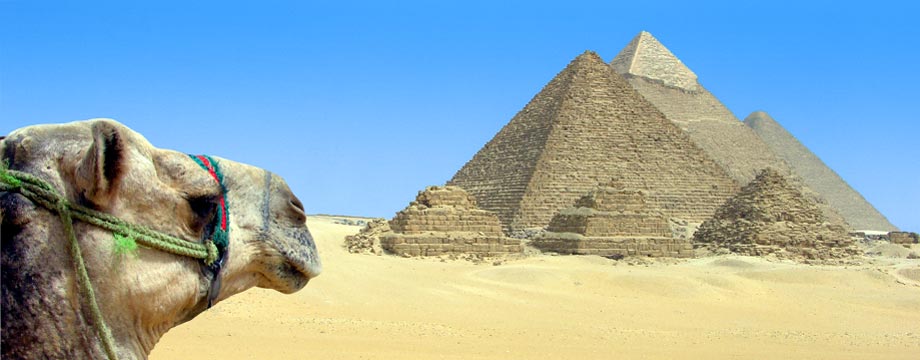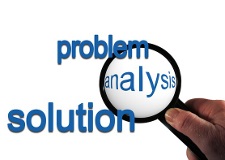Penting bagi setiap organisasi atau lembaga kemanuasian untuk mempertahankan bahkan meningkatkan kapasitas mereka dalam merespon pada saat bencana atau masa darurat bencana secara efektif dan tepat waktu. Biasanya, sesaat setelah terjadinya bencana (untuk bencana yang terjadinya secara mendadak) atau sesaat sebelum terjadinya bencana (untuk bencana yang diprediksi akan segera terjadi), organisasi atau lembaga kemanusiaan tersebut akan megirimkan tim penilai ke lokasi atau titik bencana, dan sangat penting untuk melibatkan atau mengikutsertakan seorang petugas logistik di dalam tim penilai agar dapat memahami bagaiamana layanan logistik akan diberikan atau dipakai.
Secara keseluruhan tujuan dari penilaian logistik adalah untuk memastikan bahwa pengaturan yang tepat dan memadai dibuat untuk merespon secara tepat waktu, efektif dan sesuai dengan kebutuhan masyarakat yang terkena dampak.

Strategi peniliain biasanya dibuat untuk mejawab enam pertanyaan seperti di bawah ini:
1. Siapa – orang yang terkena dampak bencana
2. Di mana – lokasi orang yang terkena dampak bencana
3. Apa – barang bantuan apa yang sangat dibutuhkan
4. Kapan – barang bantuan tersebut harus dikirimkan / diterima oleh penerima bantuan
5. Berapa banyak – jumlah barang bantuan yang dibutuhkan
6. Bagaimana – inilah bagian logistik – bagaimana mengirimkan barang bantuan tersebut sampai ke penerima bantuan, dalam hal ini kita berbicara mengenai transportasi, juga mengenai pergudangan, bagaimana menangani/handle barang tersebut, kemasan, komunikasi dan aktifitas pendukung lainnya.
Berdasarkan enam poin di atas, kita bisa melihat bahwa bagian terpenting dari penilaian logistik saat bencana adalah untuk mengidentifikasi dampak pada infrastruktur transportasi serta infrastruktur sumber daya lainnya, misalnya bandara, pelabuhan laut atau pelabuhan sungai, jalan, jembatan, kapasitas truk lokal, sewa kendaraan, gudang, listrik dan informasi pendukung lainnya.
Penilaian logistik juga harus menyoroti kendala-kendala yang ada seperti kepadatan yang terjadi di bandara, prosedur bea cukai, masalah buruh dll.
Penilaian logistik selama masa darurat bencana akan tergantung pada skala bencana. Namun, biasanya, siklus penilaian akan meliputi:
1. Mengidentifikasi informasi apa saja yang dibutuhkan dan dari mana sumbernya
2. Mengumpulkan data dan informasi
3. Menganalisis dan menginterpretasikan data
4. Menyimpulkan dan membuat perencanaan untuk respon logistik
5. Mendesain dan memodifikasi rencana respon/tanggap darurat.





